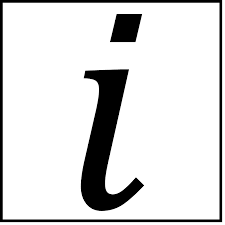This section requires Javascript.
You are seeing this because something didn't load right. We suggest you, (a) try
refreshing the page, (b) enabling javascript if it is disabled on your browser and,
finally, (c)
loading the
non-javascript version of this page
. We're sorry about the hassle.
5 solutions
Basically for i n = 1 , n has to be a multiple of 4 because 1 = ( − 1 ) 2 = ( i 2 ) 2 = i 4 . Evidently, 2016 is divisible by 4 so i 2 0 1 6 = 1 .
We know that i 4 = 1 and 2 0 1 6 ≡ 0 ( mod 4 ) because according to the divisibility rules for 4 for 2 0 1 6 , 2 0 1 6 is divisible by 4 ( 4 1 6 = integer ) so i 2 0 1 6 = 1 )
2
0
1
6
≡
0
(
mod 2016
)
.
And
i
raised to any such number yields
1
.
It helps to know the recurring pattern.
i^1 = sqrt(-1) i^2= -1 i^3 = -sqrt(-1) i^4 = (i^2)^2 = (-1)^2 = 1 i^5 = i^4*i^1 = 1 * i = i = sqrt(-1) i^6 = i^4 * i^2 = -1
....
It is a cycle with 4 steps. Knowing that it is 4 steps per cycle means that there are 504 cycles happening to arrive at this answer of 1, but they all cancel each other out when you work out the math. i^n only has 4 possible outputs for positive integers.

As known, i 2 = − 1 .
i 2 0 1 6 = ( i 2 ) 1 0 0 8 = ( − 1 ) 1 0 0 8 = ( ( − 1 ) 2 ) 5 0 4 = 1 5 0 4 = 1